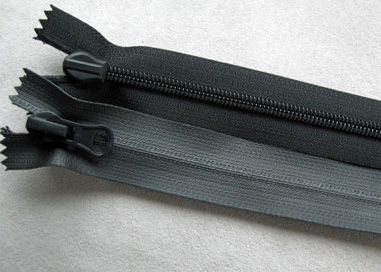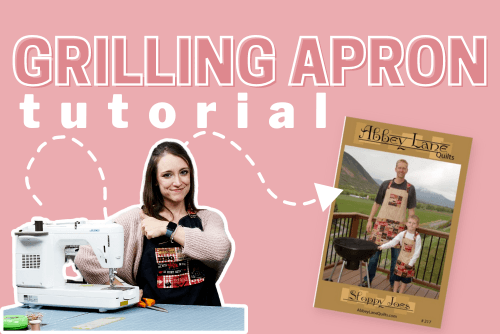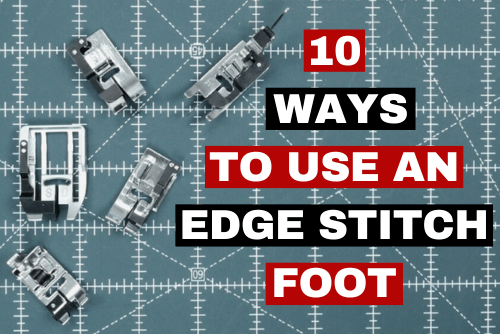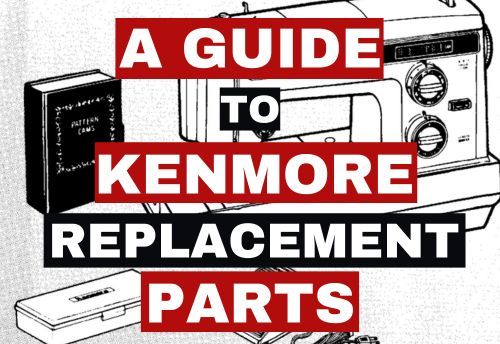Ever stared at a wall of zippers and went blank? Me too! There are so many to choose from, where do you start? From the size, to the weight, to the color, it can get a little confusing. Well wonder no more! In this blog article, we're going to describe the basics of zipper selection to get you back to what's most important: Sewing! The first thing you need to know about zippers is the interlocking style. Are they teeth or coils? Are teeth better than coils? Is metal superior to plastic? Well, it depends. One zipper may be better suited for your project than another. For example, zippers come in a variety of weights: Heavy, medium, light, and sports. A heavy metal zipper would cause a light weight sweater to sag. However, you want something stronger than a lightweight coil zipper for a heavy winter coat. Secondly, let's talk about length, and boy are there a ton of options. Some zippers can be as small as 3 inches to as long as 100 inches. Still not long enough? You can buy zippers premade on a roll and cut to the exact size you need! Generally, zipper lengths come in two inch intervals. However, you can always shorten your zippers or purchase zippers made-to-order. Zippers are measured from the top stopper to the bottom stopped. In the picture below, the entire zipper reaches nearly 9 inches, but from top stopper to bottom stopped is only 7 inches. Thus, this would be a 7 inch zipper.

Before we get into shortening, let's take a look at what kinds of zippers are out there. Two Types: Tooth Style - Individual interlocking teeth. Can be metal or plastic molded. Metal - Commonly found in jeans. They can also be found as Fashion Zippers with embellishments, like rhinestones. Can be made from brass, aluminum, or nickel.

Plastic Molded - Works just like metal, but made from plastic. Commonly found in sportswear, robes, and sports bags. Can be made into any color plastic, where as metal teeth must be painted.

Coil Style - Continuous coil wrapped together. Close-End - Can be used for most projects. Won't rust or be damaged by heat. They're lightweight, yet durable. Can be used for anything, from clothing to luggage.

Invisible - Most often used in skirt and dresses. When installed, the zipper is virtually invisible, resembling a seam. Because the coils are located behind the tape, only the zipper tab is visible.

Except for the invisible zipper, all the above mentioned zippers can also come in a variety of separating styles.

Separating - One end of the zipper has a box and pin mechanism to separate the zipper and easily reassembled. These are often used in jackets and coats.

Dual Separating - zippers have two separate zipper tabs and can be opened from either end. For instance, if you have a long robe or coat and you need it unzipped from the bottom.

Coverall - This zipper has two pull tabs that can be unzipped from the top or bottom. However, the bottom zipper stopped does not open. Reversible - the pull tab has the ability to flip to the other side of the slider. Great for reversible projects.

Bag - Both ends of this zipper are closed. The two zipper tabs meet in the center and can be pulled apart to open the bag. These are commonly found on luggage. Specialty Water Resistant - Great for rain coats or swim bags. Anything that may be exposed to water, like outdoor furniture. Some water resistant zippers are high tech and can withstand heavy prolonged water exposure, like with scuba suits or portable fabric structures.

Air Tight - These zippers have a variety of uses because they are both air tight and waterproof. These zippers can be found in protective clothing, water sports, and inflatable bounce houses.

You can shorten your zipper a variety of different ways. Let's take a look how to shorten a metal zipper. You will need a pair of needle nose pliers.


In my opinion, it's much easier to shorten coil zippers. All you have to do is sew in a new stopper! You can do this at the top or bottom. You can also trim the plastic coils and completely remove them with needle nose pliers.
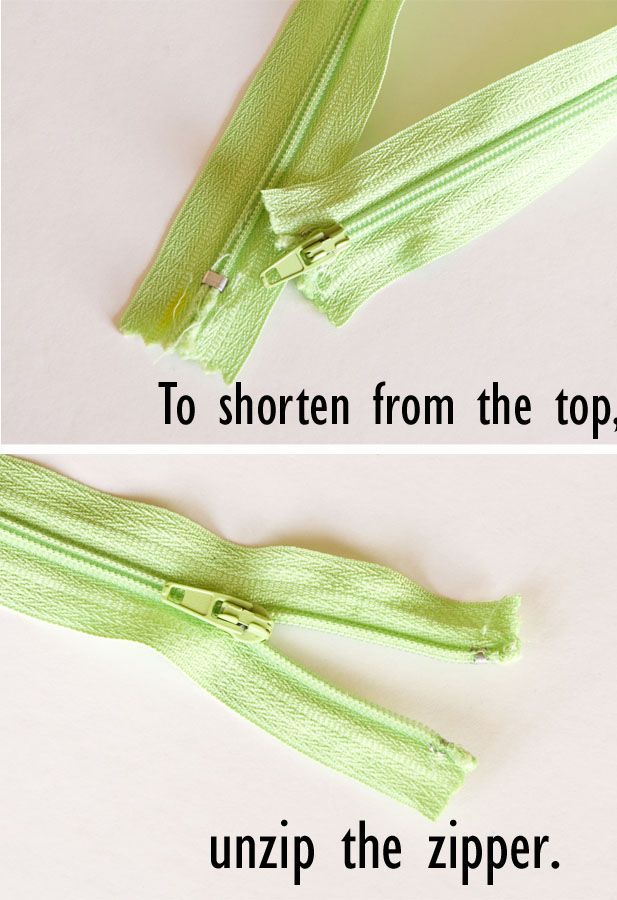

If you have any questions or tips for selecting/sewing a zipper, please leave us a message in the comment section below!


